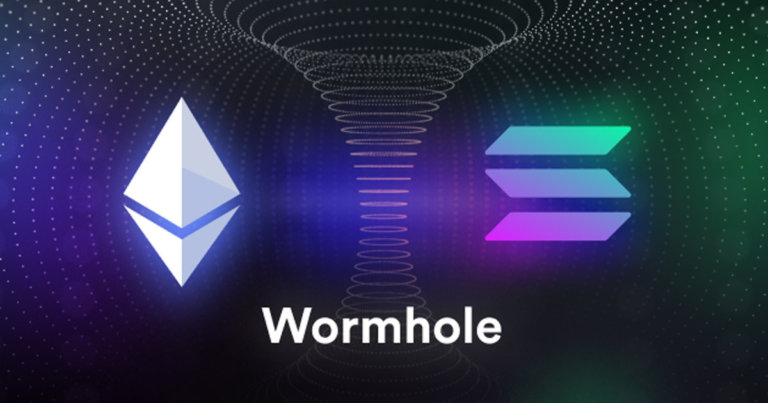 Every Ethereum NFT can now be on Solana with Wormhole’s new ETH-SOL bridge
Every Ethereum NFT can now be on Solana with Wormhole’s new ETH-SOL bridge Every Ethereum NFT can now be on Solana with Wormhole’s new ETH-SOL bridge
The NFT frenzy caught on last year and is only getting bigger. And now, porting NFTs to the Solana blockchain just got easier.

Cover art/illustration via CryptoSlate. Image includes combined content which may include AI-generated content.
Bi-directional blockchain bridge Wormhole has launched a non-fungible token (NFT) bridge between the Ethereum and Solana blockchains, CryptoSlate learned in a release over the weekend.
The move helps provide a bi-directional highway for more than 6.68 million NFTs that have ever been sold on Ethereum to move cross-chain to SOL and bring SPL assets—which have seen north of 2,633,632 SOL in volume—to ETH.
By opening up these flood gates, Wormhole will connect disparate communities of artists, musicians, and content creators between the Solana and Ethereum ecosystems.
Hendrik Hofstadt, Director Special Projects at Jump Crypto and former co-founder of Certus One, the lead contributor to Wormhole, explained in a statement, “Imagine a “wrapped/bridged NFT” as a kind of check or claim that grants you the right to redeem the original NFT on the chain it came from.”
How to NFT, the Ethereum and Solana way
In order to list Solana NFTs on OpenSea, the owner needs to bridge them to Ethereum. This will lock their original NFT on Solana and mint a “wrapped” version on Ethereum to list on OpenSea.
The initial transfer takes about five minutes and the SPL asset will run like any native ERC-721 non-fungible token. Conversely, anyone can also take ERC-721 NFTs and transfer them to Solana so users can list, for example, their BAYC NFT on Solana markets.
Wormhole has additionally launched a UI that allows users to check which original NFT (on the original chain) is backing the asset so the authenticity can be verified.
1/ We're excited to see NFTs crossing the bridge already https://t.co/nSFQmvSQRe!
To help users verify the authenticity of their NFTs, we've provided a tool called "NFT Origin Verifier" https://t.co/Q3JkZNpxu6 which shows where the NFT came from. pic.twitter.com/G3xYIamBm1
— Wormhole (@wormholecrypto) September 22, 2021
This allows people to find where a Wormhole-bridged NFT was originally minted so that they can verify its authenticity—addressing what could otherwise be a key concern for such a bridge.









































































































